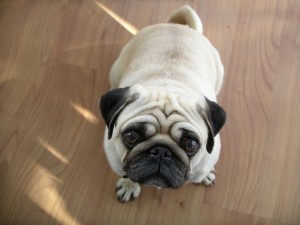Allergies are an issue that many Americans suffer from with symptoms ranging from mild to severe depending on the different seasons that come and go. The good news is that hardwood floors have been recommended by doctors and specialists as a way to combat the war between hardwood floors and allergies.
According to the AAFA (Asthma and Allergy Foundation of America), hardwood floors are recommended for those suffering from both allergies and asthma. Better yet, doctors prefer hardwood flooring options install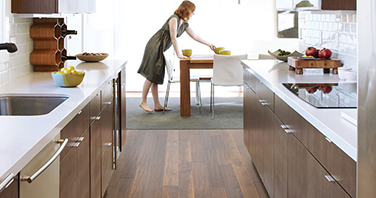 ed inside their own medical offices to minimize the chance of infectious germs and bacteria spreading around.
ed inside their own medical offices to minimize the chance of infectious germs and bacteria spreading around.
Why is this? It’s simple: because wood floors do not capture the dust, dander, pollen, and other allergy-causing substances that build up in your home. Dust mites feed off of carpet flooring, rugs, and other bedding options. This means they remain trapped in the carpet.
Carpet requires that you vacuum your room in order to suck the allergens out of it, which doesn’t even guarantee much, as dust mites could be deep within the carpet. If this is the case, then your vacuum cleaner won’t even be able to reach the dust mites. Effective carpet cleaning requires the use of a steam cleaner, which is a chore that not many people enjoy doing.
You shouldn’t be mistaken that hardwood floors will magically make your allergy-causing substances disappear. Dust, dander, pollen, and other allergens will still be present throughout your home but the difference is that natural hardwood floors are easier to clean and take care of. The bottom-line is that it’s easier to manage your dust problems with hardwood floors than it is with carpet.
It’s not just dust, dander, etc. that you should be worried about. Harmful fumes such as smoke are able to be trapped in carpet as well, something that doesn’t occur with hardwood flooring. Pet fur can also be trapped in carpet, leading to unwanted scenarios. Also, children who crawl along your floor will have increased exposure to the germs and bacteria that lurk within your home.
The goal of battling allergies is to minimize the amount of dust you are exposed to and hardwood floors are better at performing this task. It’s not uncommon to find someone who suffered from “random allergies” until they made the switch to wood flooring, when all of a sudden they weren’t having as many attacks.
Hardwood flooring offers more than just allergy benefits, read about the environmental benefits wood floors offer as well!

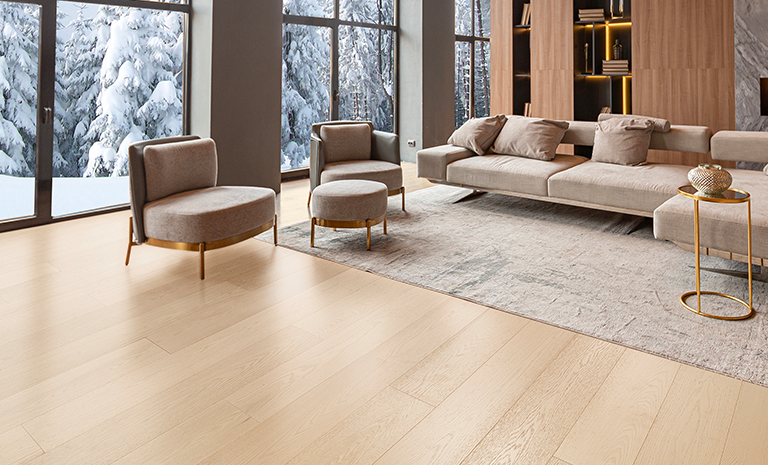
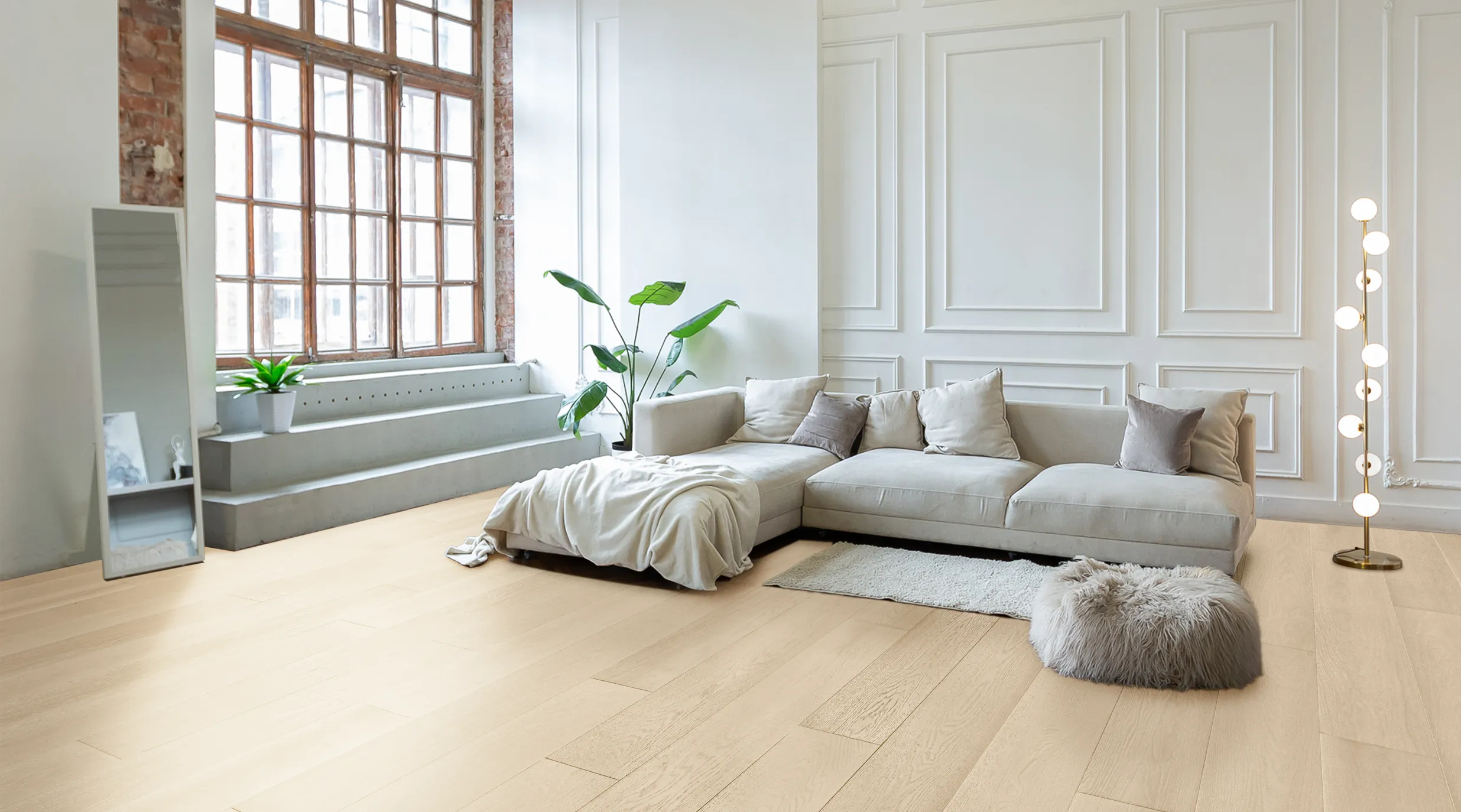
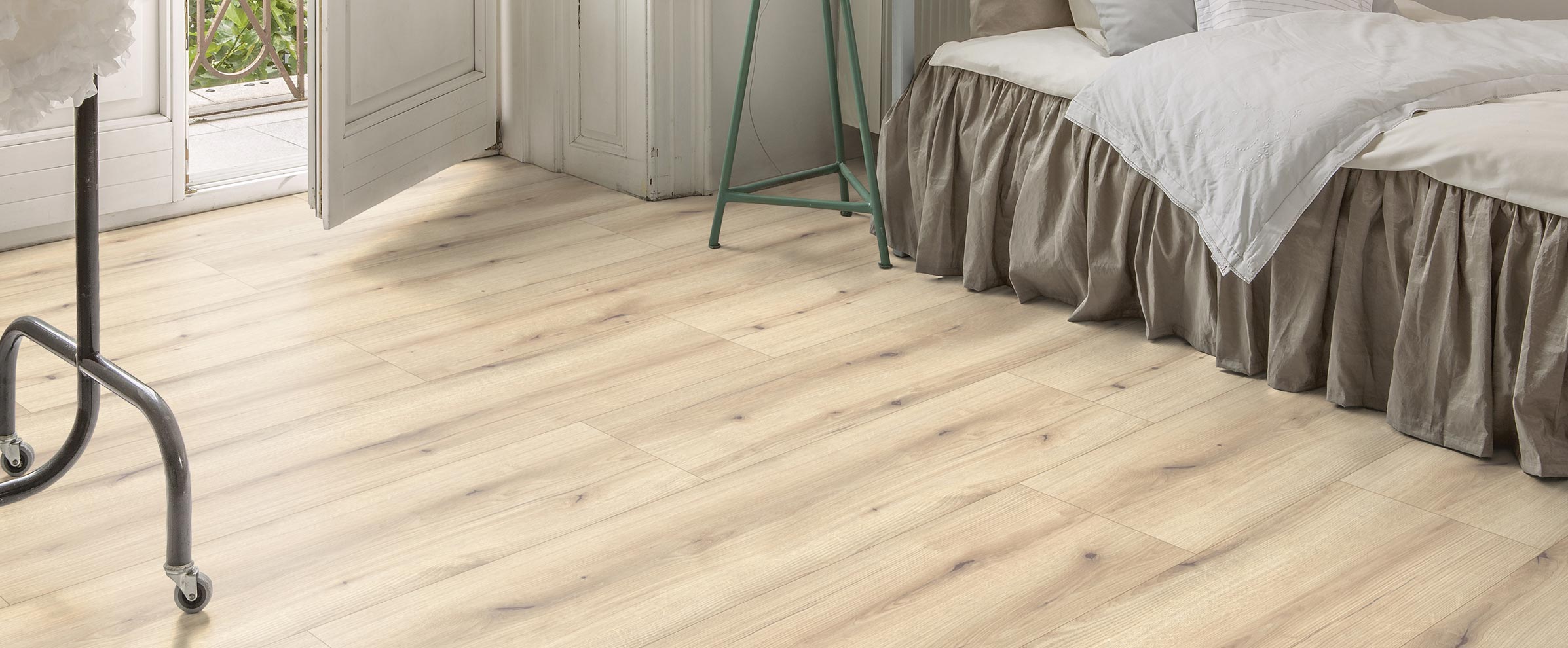
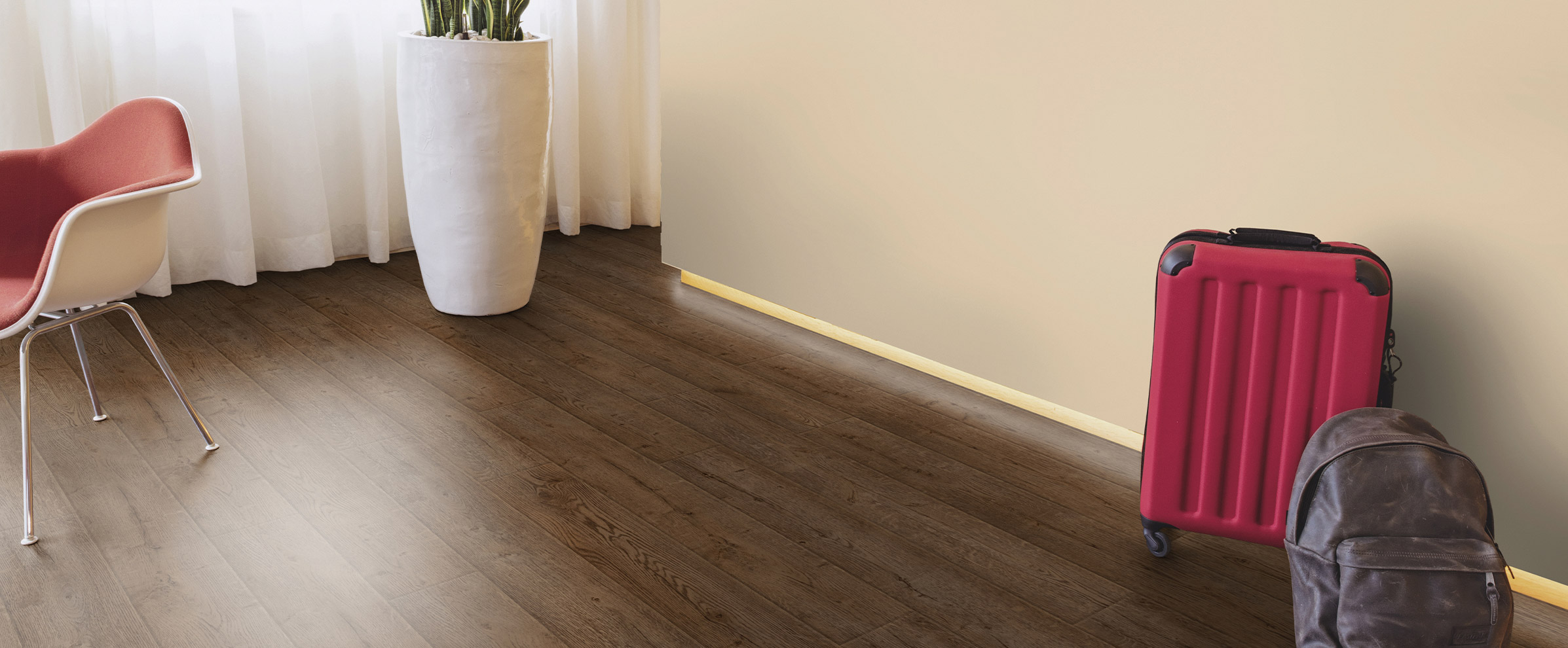
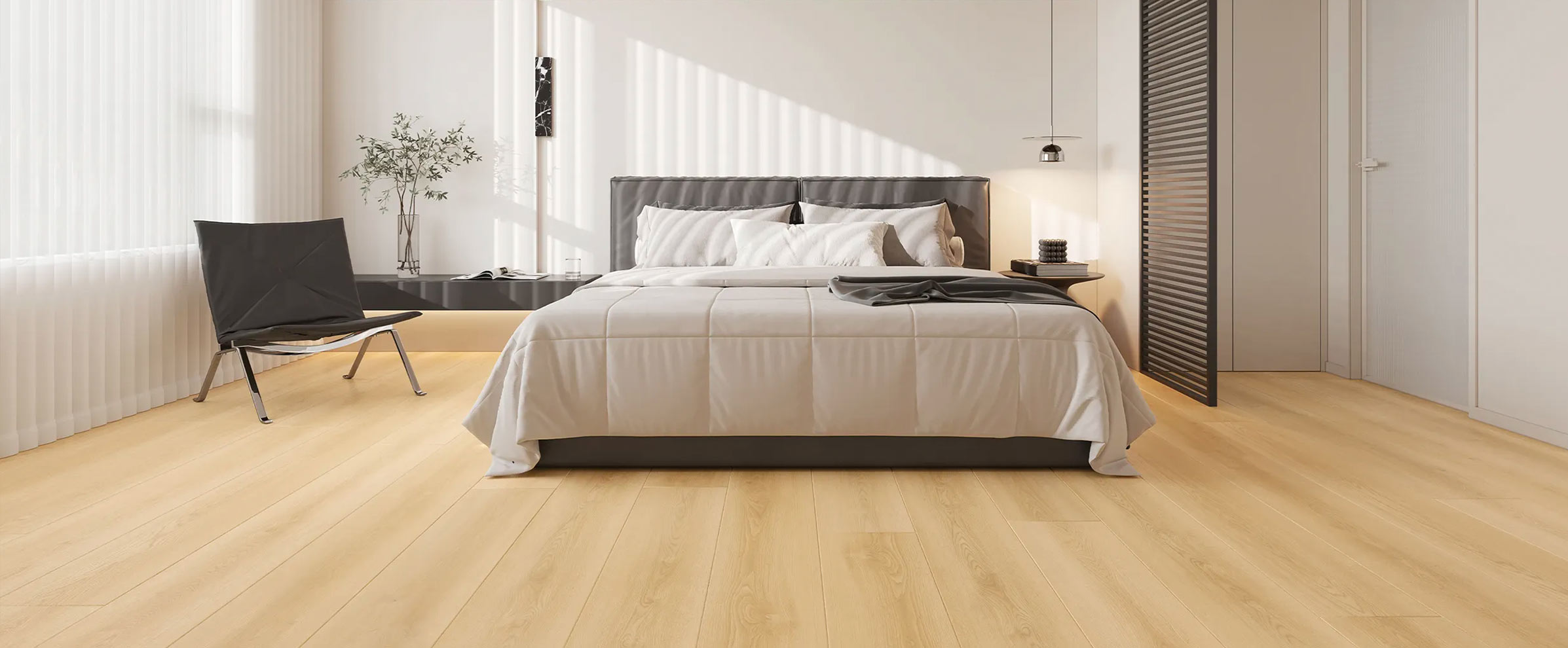
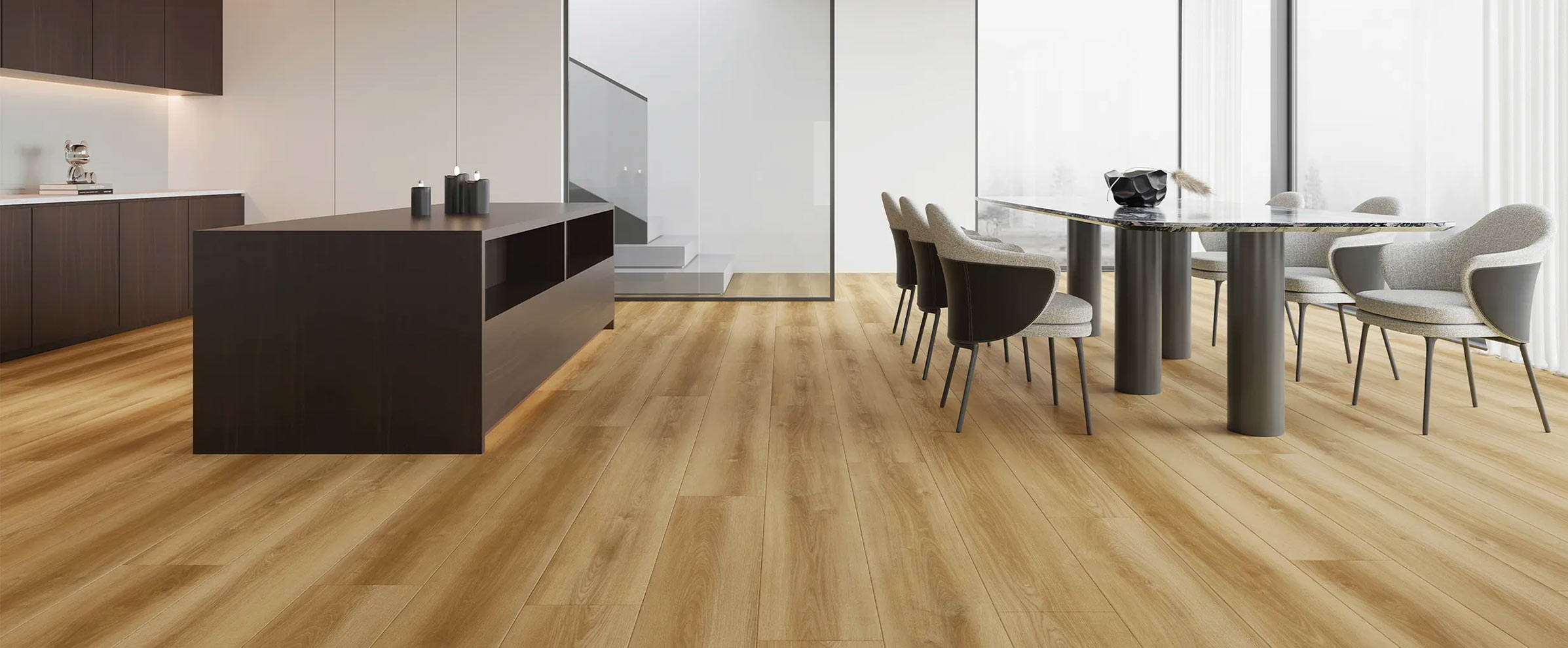
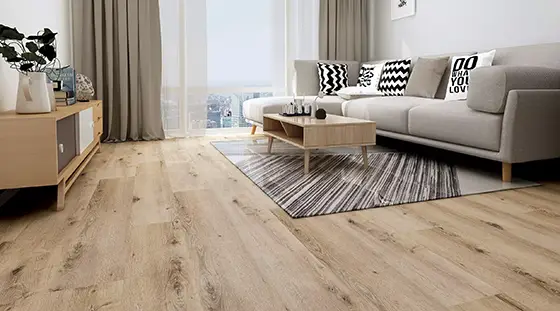
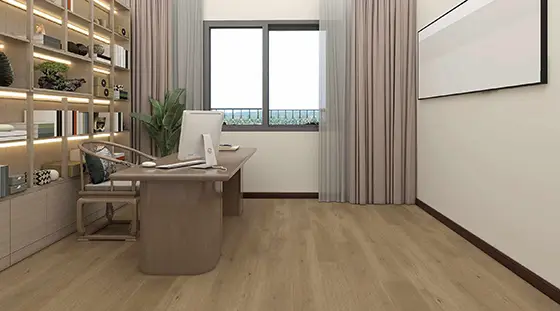
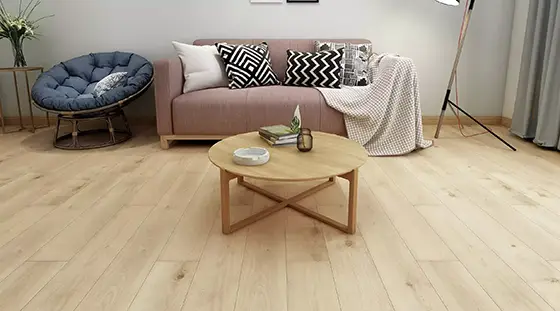
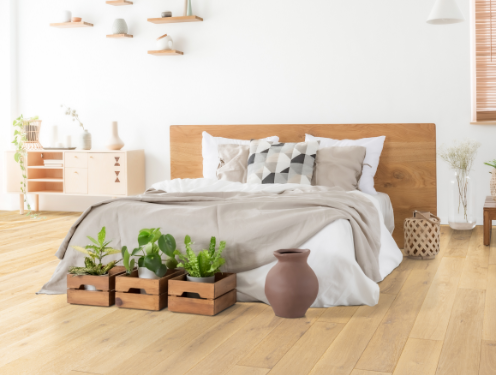
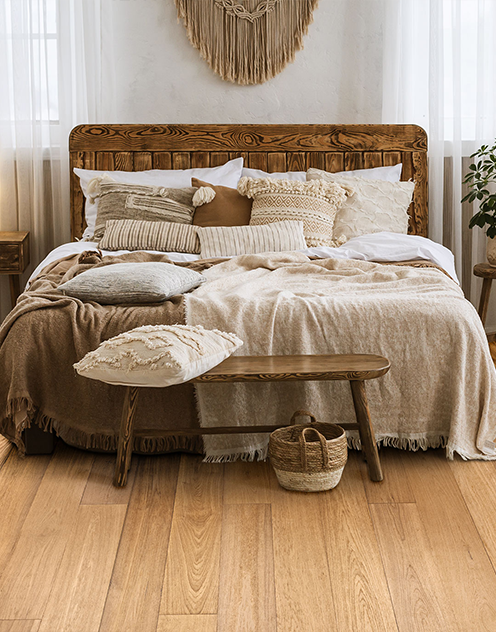
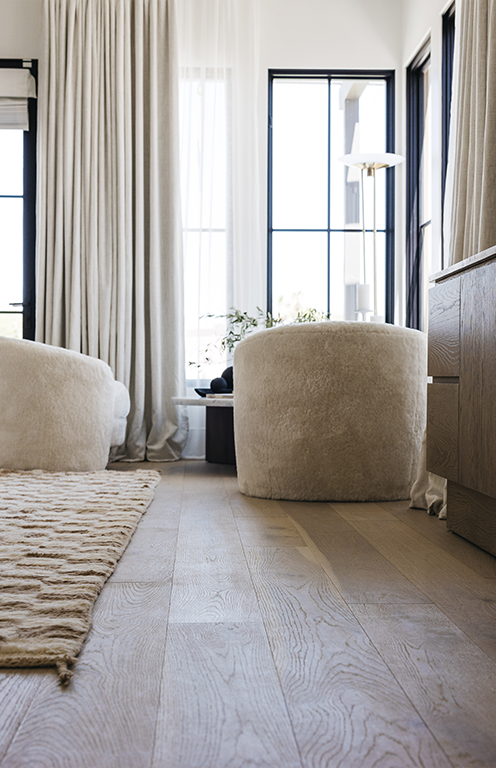
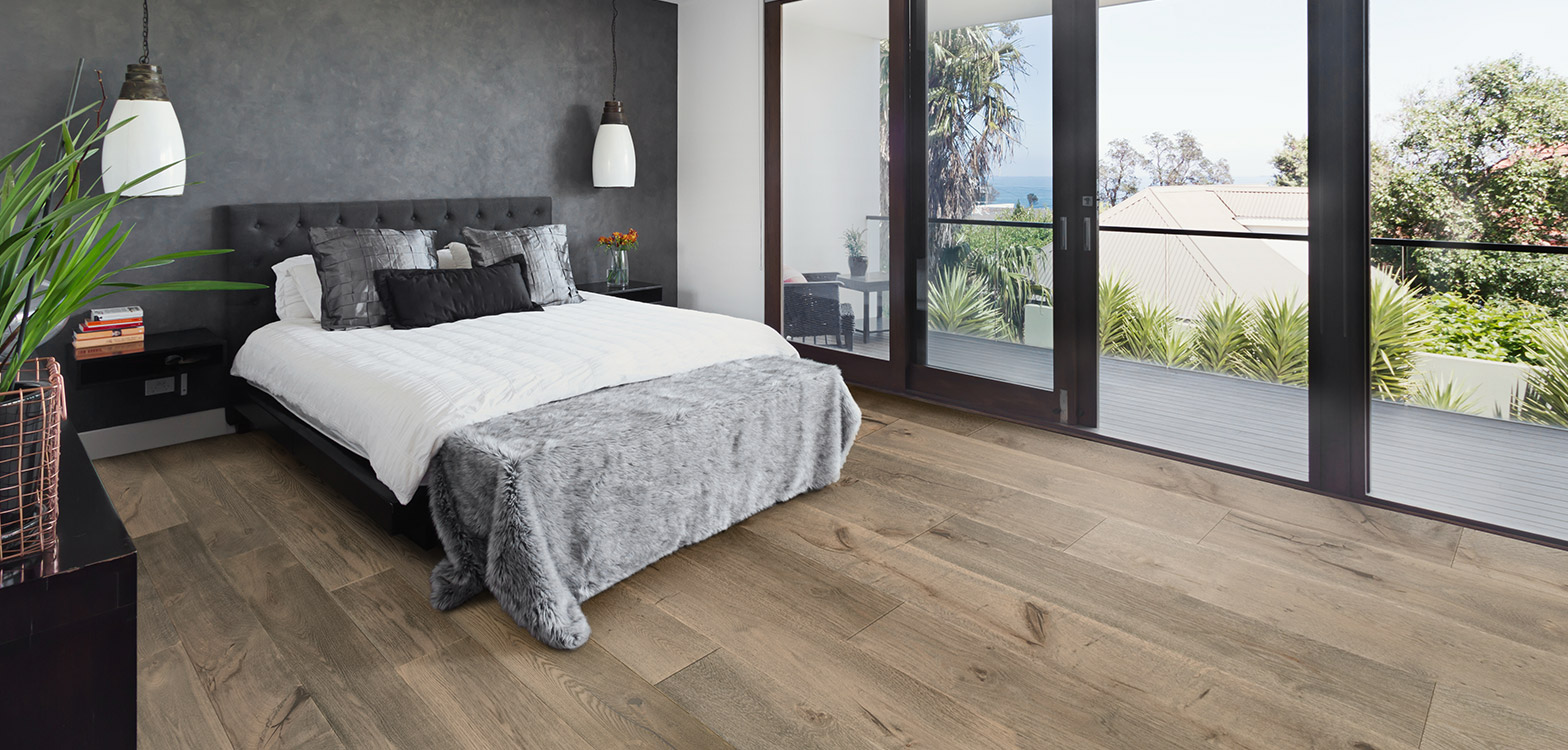
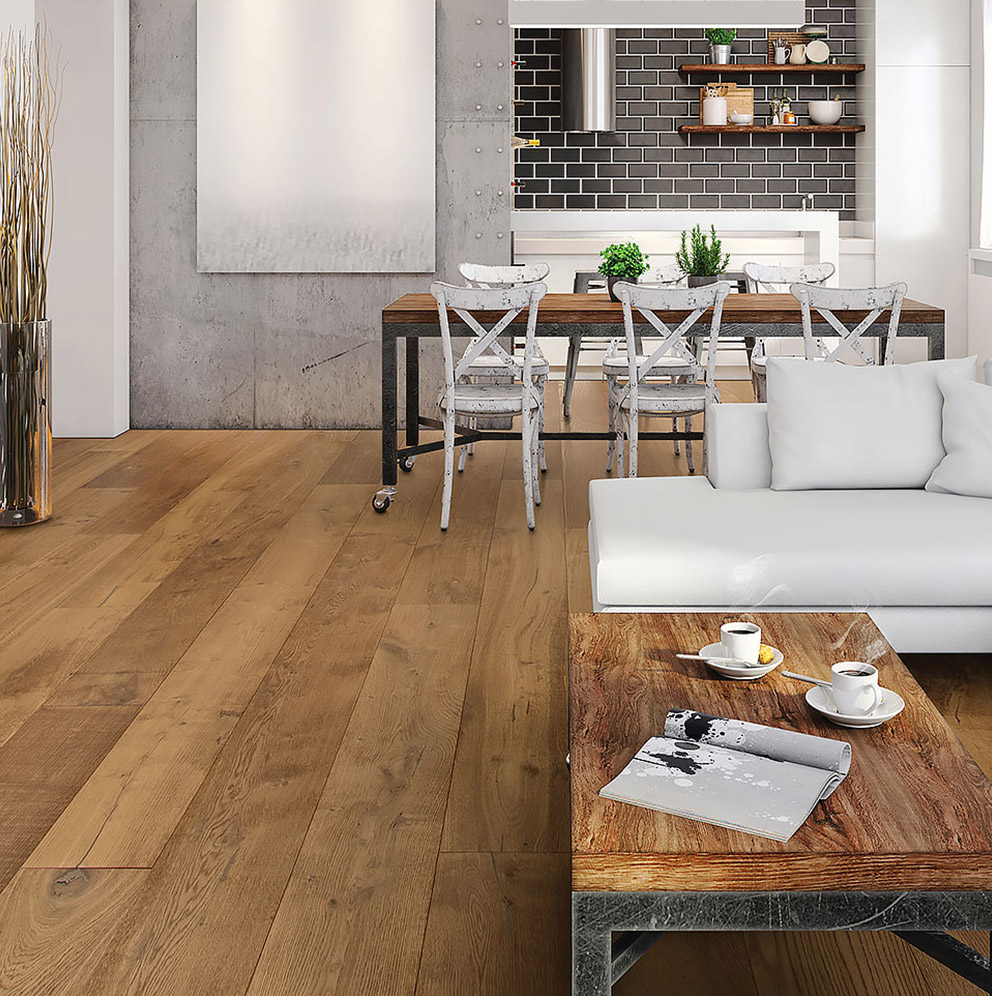
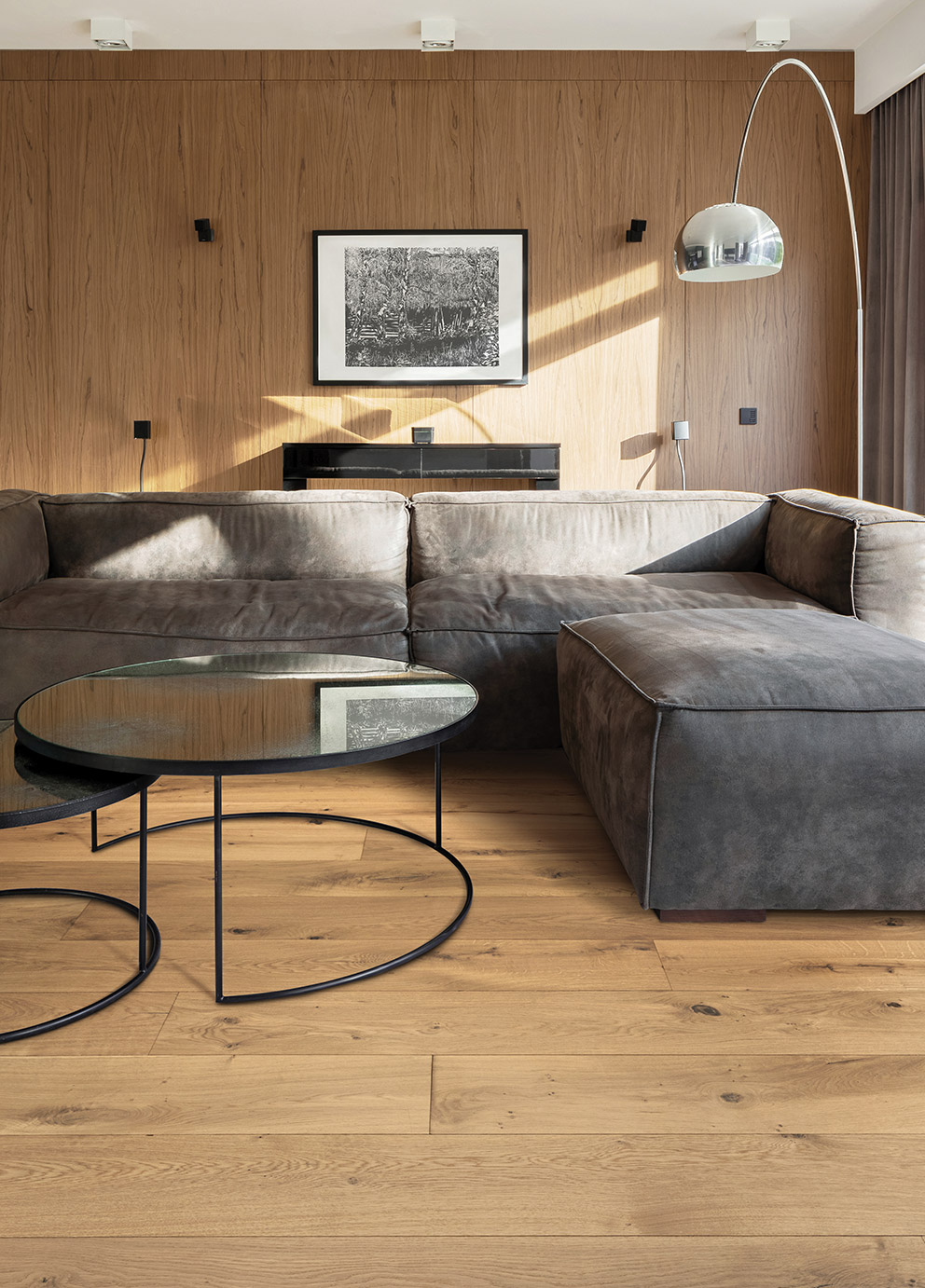
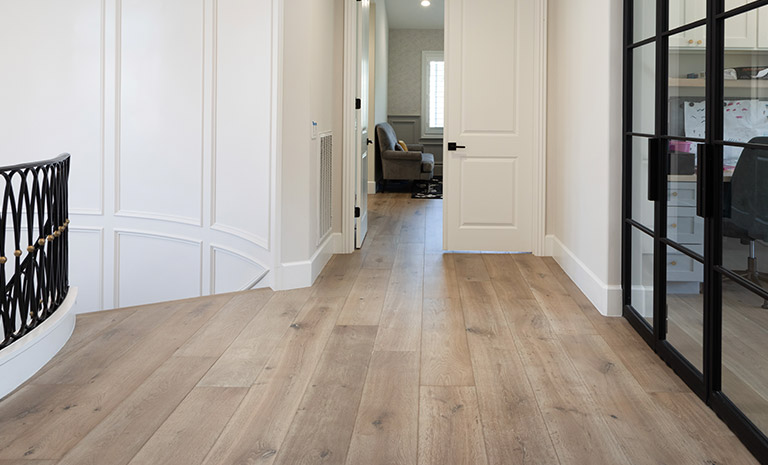
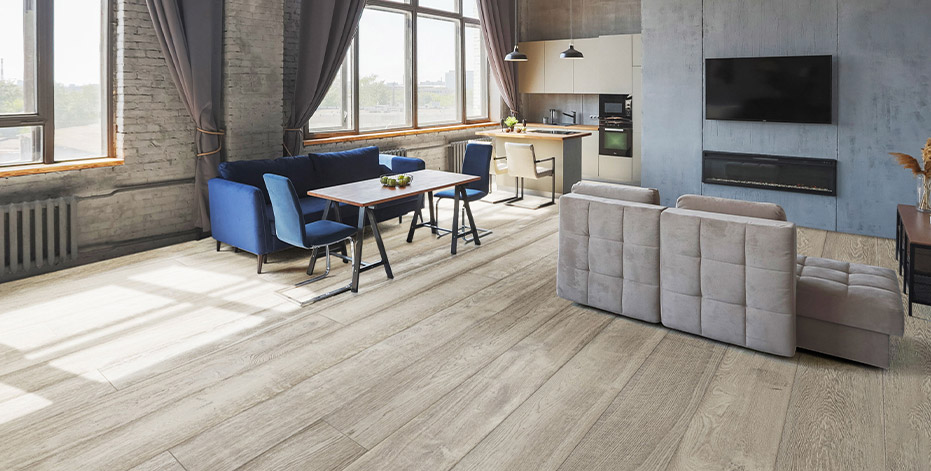
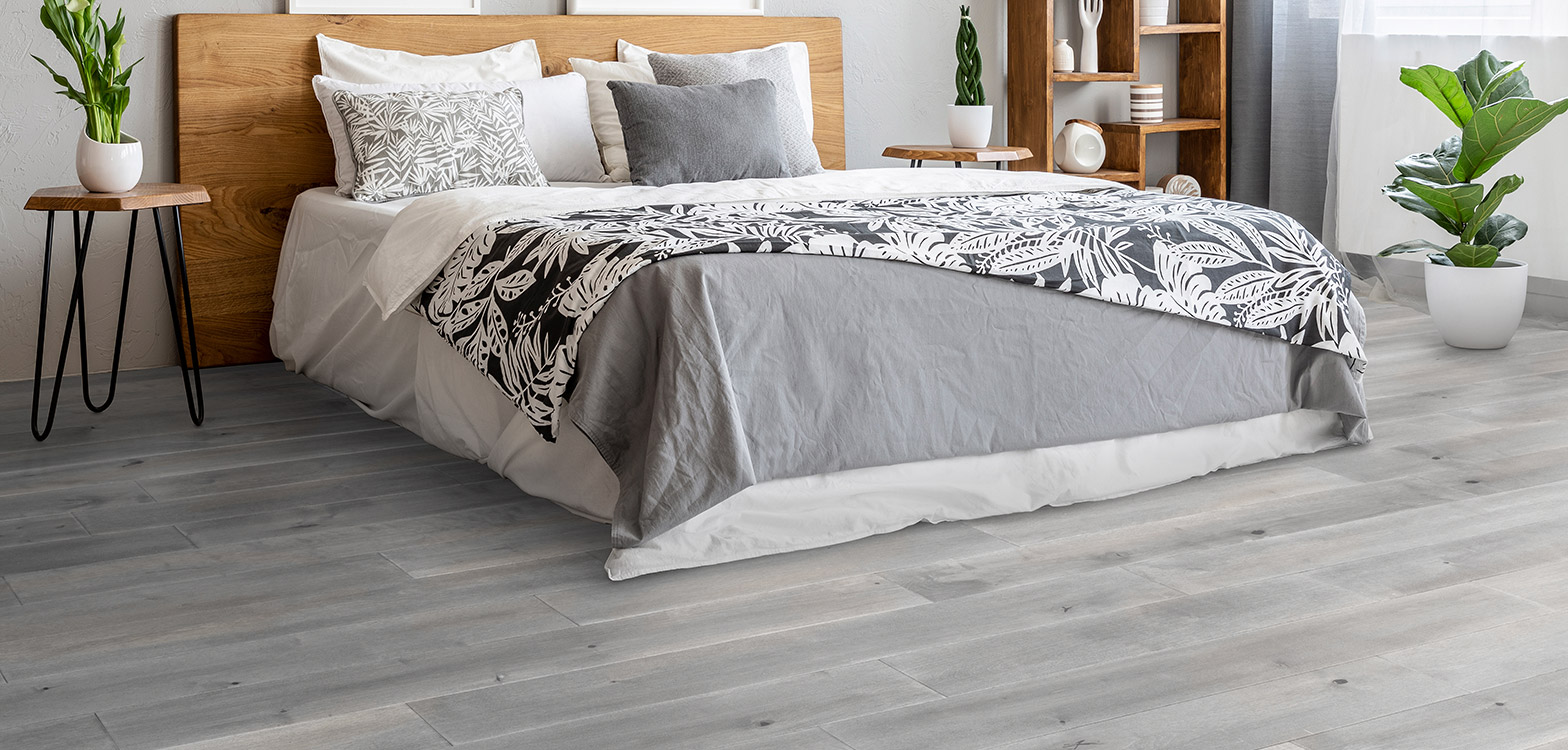
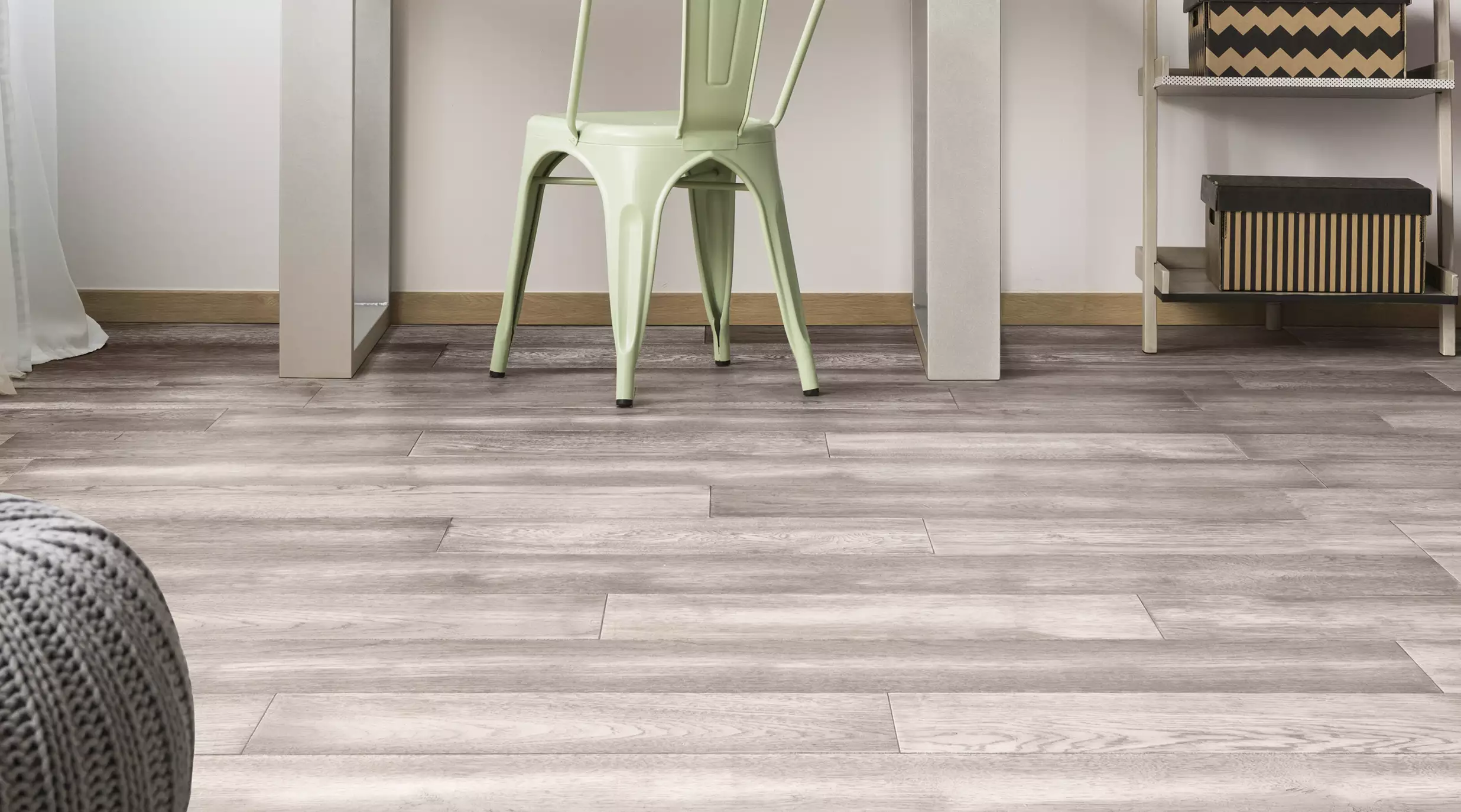
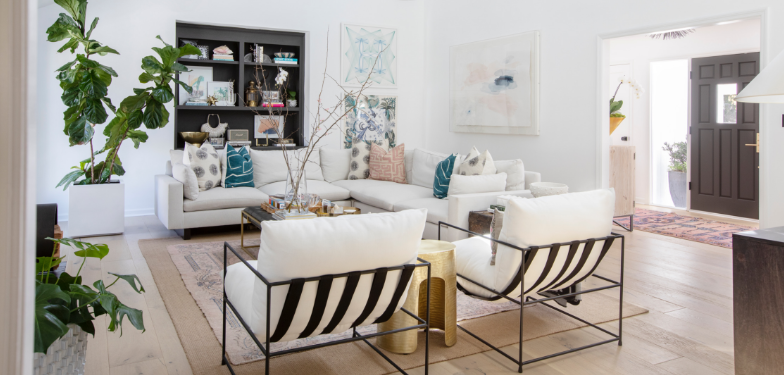
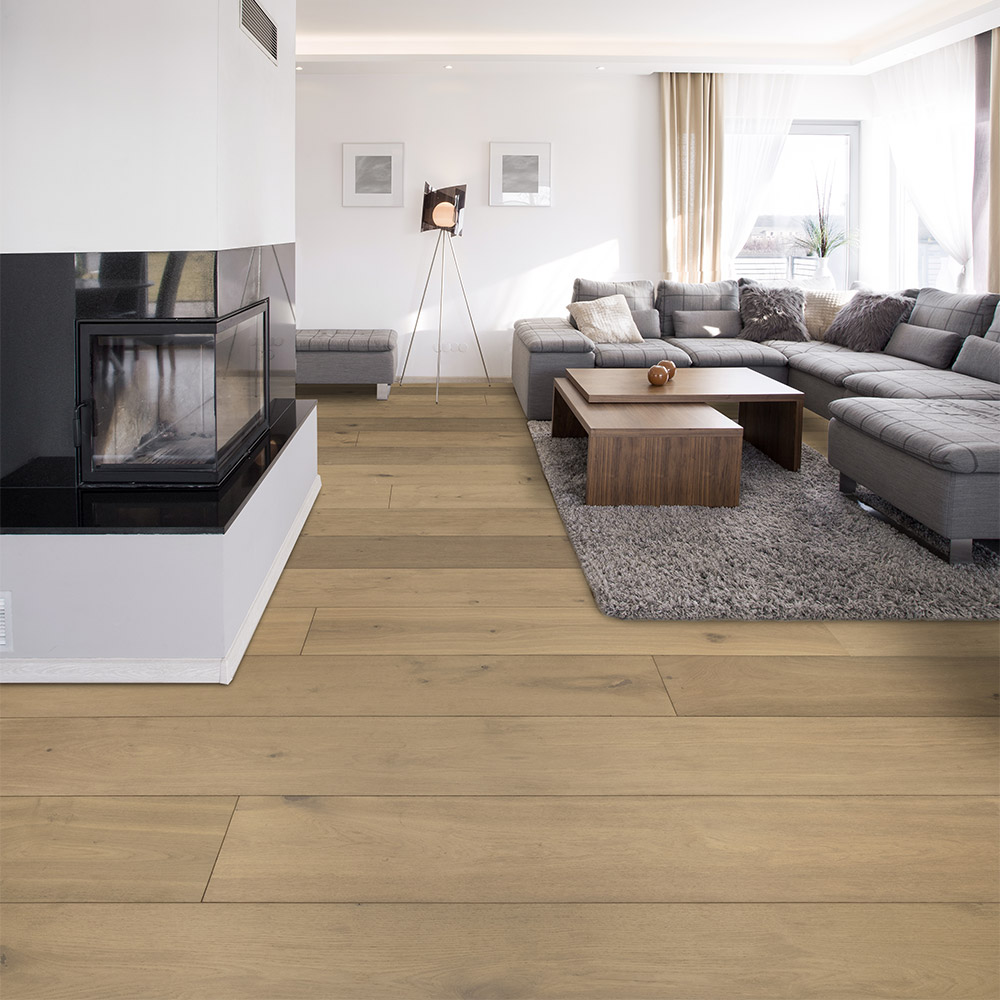
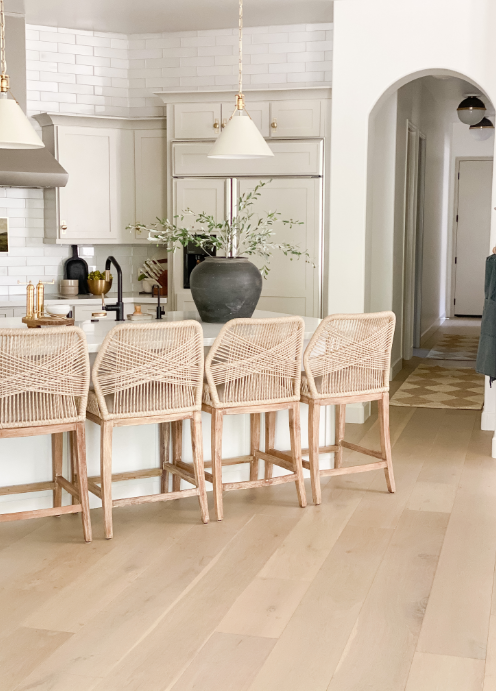
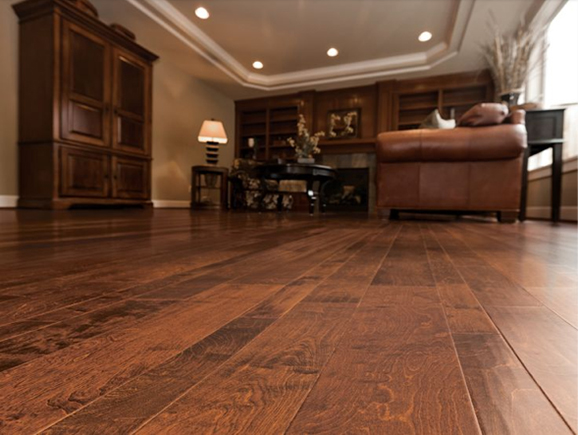
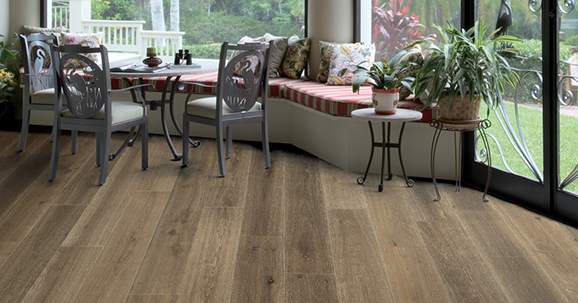
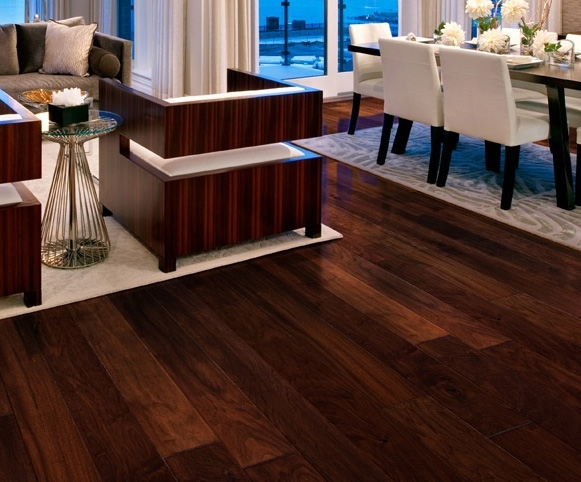
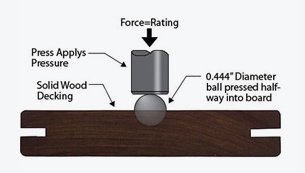 So what exactly is the Janka Hardness Test? It’s quite simple. An 11.28 millimeter steel ball is forced halfway into various wood species to measure how resistant a species is. A rating is then applied to compare exactly how hard certain hardwood floors really are. A rating of 1290 is used as a baseline to see which woods are soft and which are hard. Ratings above 1290 are considered harder variants and those below 1290 are regarded as softer choices.
So what exactly is the Janka Hardness Test? It’s quite simple. An 11.28 millimeter steel ball is forced halfway into various wood species to measure how resistant a species is. A rating is then applied to compare exactly how hard certain hardwood floors really are. A rating of 1290 is used as a baseline to see which woods are soft and which are hard. Ratings above 1290 are considered harder variants and those below 1290 are regarded as softer choices.
